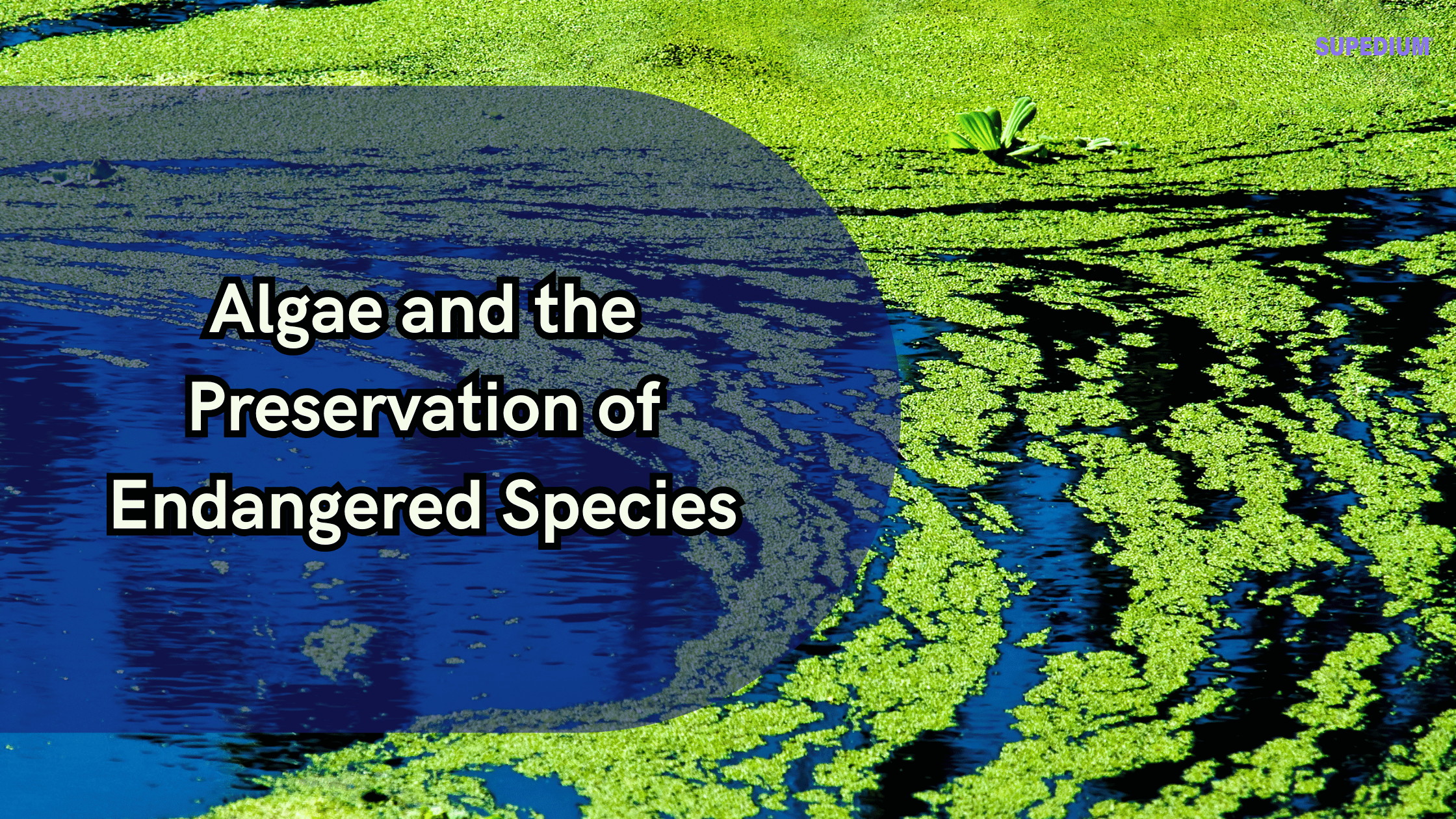Table of Contents
![]()

The Aponogetonaceae (Cape-pondweed household or Aponogeton household) are a family of flowering plants from the purchase Alismatales. The Aponogetonaceae is thought of as allied to the Potamogetonaceae – Najadaceae complicated of households.
The household has had recognition. The APG system (1998) and APG II system (2003) treat it at the order Alismatales from the clade monocots. The family consists of just 1 genus, Aponogeton, with 56 known species (Christenhusz & Byng 2016) of aquatic plants, the majority of which have been included in molecular phylogeny by Chen et al. (2015). The title was printed in Supplementum Plantarum 32: 214 (1782) and is derived from a geographical location neighbouring (geton) the Apono tribal district of coastal Gabon. Some species are used as decorative plants in aquariums.
Distribution
They’re aquatic plants, which can be found in tropical to warm temperate areas of Africa, Asia and Australasia.
Aponogeton distachyos is originally from South Africa but is now naturalised in South Australia, Western South America, and Western Europe.
Individual plants aren’t always easy to identify as a result of hybridization (particularly those marketed as A. crispus – that are usually cultivated hybrids with A. natans or A. rigidifolius).
An Aponogeton out of Asia will have a blossom stalk, While those from African American heritage (including Madagascar) will have multiple blooming stems on exactly the same flower stalk.
Although seventeen species have been found in Africa, only one of them, A. distachyos, Has been maintained as a plant in garden ponds. Many of the eleven Madagascan species are introduced as aquarium plants at the 21st century. Currently, the following plants from Madagascar have been in culture: Aponogeton boivinianus, A. longiplumulosus, A. madagascariensis and A. ulvaceus. Furthermore, Aponogeton bernierianus, A. capuronii, A. decaryi and A. tenuispicatus have been imported on many occasions but haven’t achieved any broader distribution since they’re difficult to keep. In the sixteen representatives of the genus from Asia and Australia, A. crispus, A. elongatus, A. rigidifolius, A. robinsonii and A. undulatus are useful aquarium plants. Aponogeton jacobensii, A. natans and A. loriae, also, were cultivated several times but haven’t shown themselves under aquarium conditions.
Ecology
Many species grow in temporarily or flowing waters and live through the dry period as a dormant tuber. They are fully aquatic herbaceous plants with milky sap, getting dormant during drought conditions. Most species grow from tubers. Most Asian species stay submerged all year round, while the starchy tubercles of the African species can endure the dry season by dropping their leaves and getting a dormant period.
Virtually All Aponogeton species undergo resting and Growth stages in their places, triggered by the community conditions. During growth periods, the plant will deposit fats, proteins, carbohydrates and mineral substances from the storage rhizome or tuber During the resting period, the tuber survives in the soil to again sprout through the subsequent vegetation period. Tubers in Aponogeton species have a higher resistance to drying out. This ability to store water is exploited, for example, in the yearly export of thousands of twisted A. crispus specimens, sent in massive bags in a completely dry state.
Economic uses
The tubers of species have been consumed by people and their livestock. Some are grown as ornamental plants in aquariums or ponds. The 1889 publication’The Useful Native Plants of Australia records that”The tuberous roots of those water-plants are sterile, and of excellent flavor, although not large”.
Cultivation
All Aponogeton species are simple to grow when their preferences are satisfied. The Madagascar lace plants (A. madagascarensis) require special handling as they prefer cooler water — 70 °F (21 °C) as a maximum. As of 2010, the species exist in tiny amounts in the hobby trade.
Rest periods
The African species Particularly, (with the exclusion of A. rigidifolius, which has a rhizome Rather than encounter a rest interval, a tuber, corresponding to Their habitat. The species may have a Rest period, but this is related to fever. As the plant stops It could be taken from the aquarium or pond and put in a bowl Of sand. Keep the bowl in a dark place, with all the sand Moist, for approximately 2–3 weeks at a temperature of approximately 50–64 °F (10–18 °C), until little leaves are observed to sprout in the tuber, when they may be returned to the aquarium or pond.
Share This




Be the first to comment